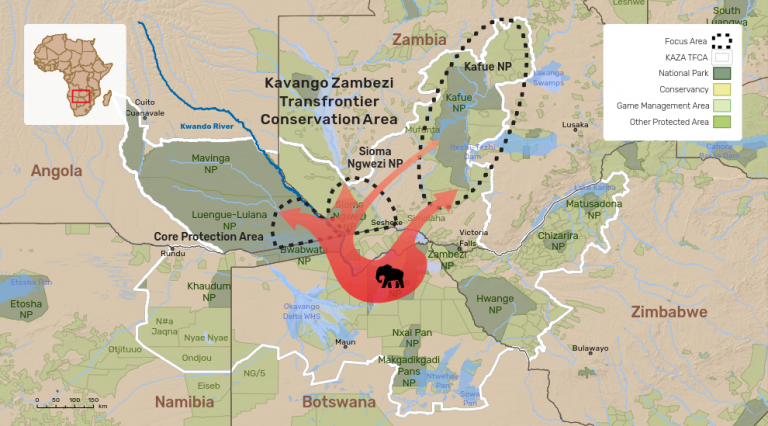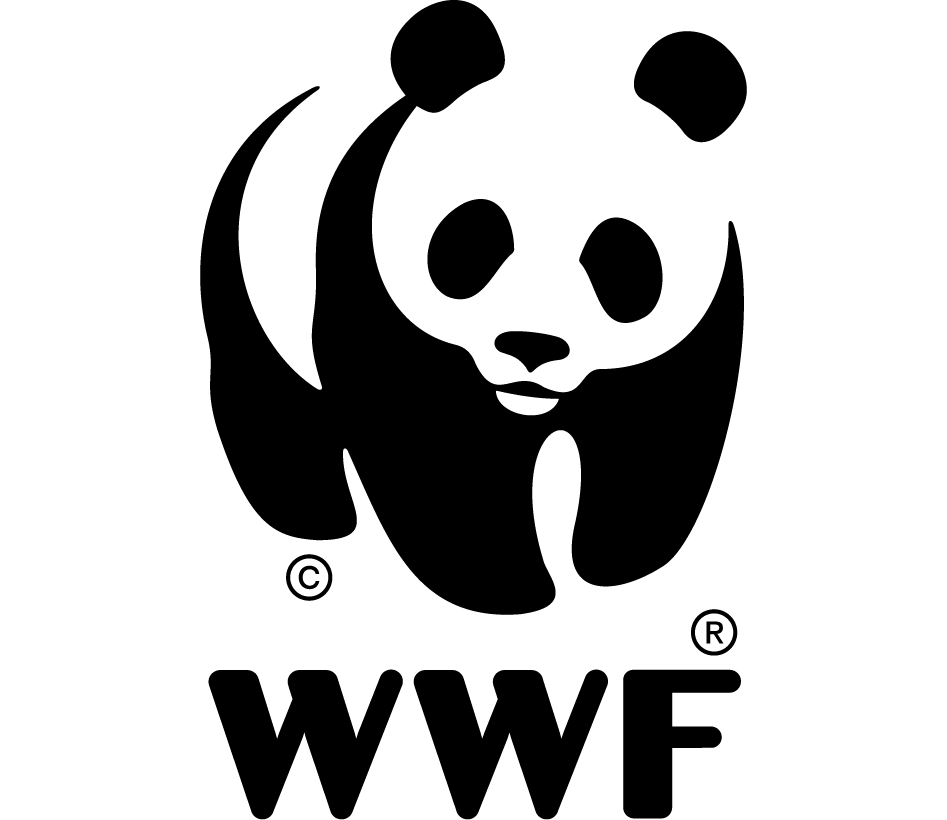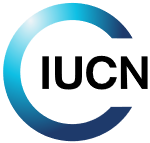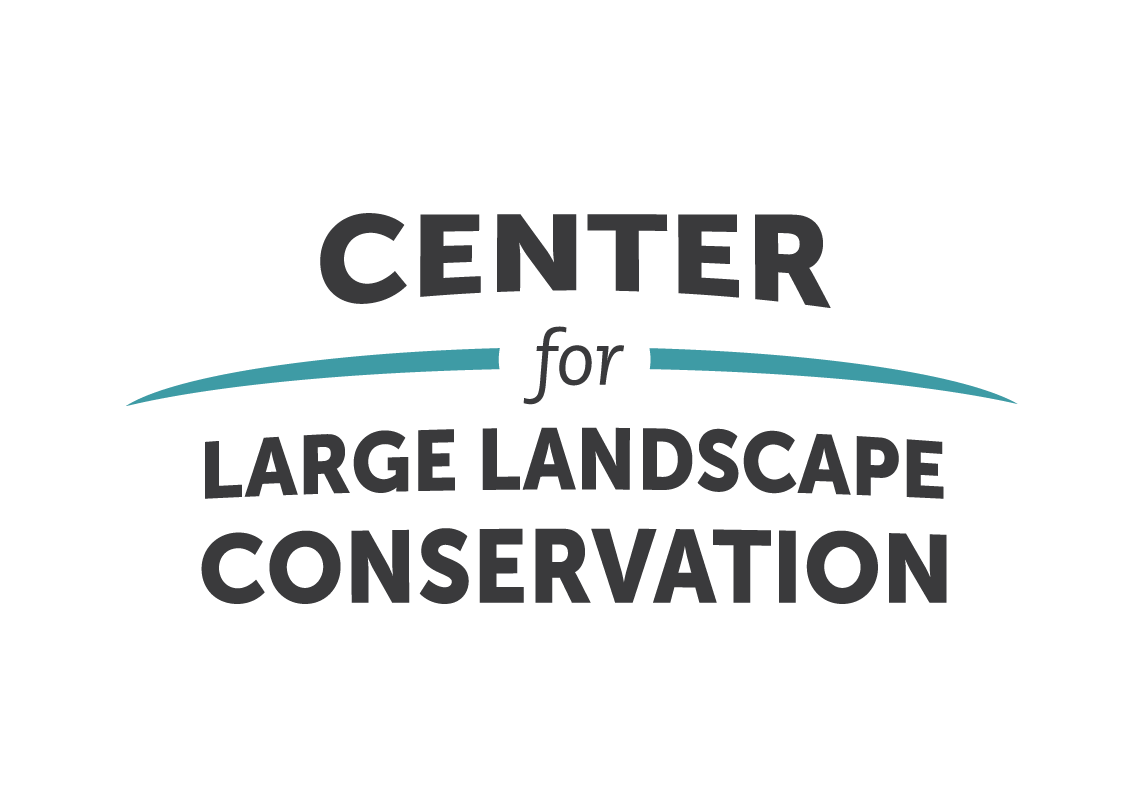
Wildlife Connect is a collaborative initiative by WWF, CLLC, CCSG, and CMS that seeks to maintain or enhance ecological connectivity across landscapes. By doing so, it supports viable wildlife populations, preserves vital ecosystem services, strengthens climate resilience, and promotes human well-being. Explore why this matters—and how it works.

Wildlife brings our planet to life—a remarkable diversity of animals and their habitats that we all rely on for a healthy, balanced world.
But what do wildlife need to thrive? In part, the ability to move...
Animals need to move between different areas throughout their life cycles. The places they feed are often separate from where they mate or spawn, raise their young, or find reliable sources of water.
For wildlife to truly thrive, their habitats must remain connected.
Connected landscapes allow wildlife to move freely to meet their basic needs—including dispersing, breeding, and maintaining genetic diversity. Without this connectivity, isolated populations are forced to inbreed, leading to genetic decline. Simply put, connected landscapes are essential for healthy wildlife populations.
Connectivity is not just important to wildlife, but to humans, too.
But the planet’s natural connections are increasingly under threat as the human footprint expands.
Climate change means that…
connectivity is more important than ever. Wildlife is being forced to move to new areas in search of food and water. These movements will increase as the climate changes progresses.
But the planet’s connections are increasingly under threat as our human footprint grows.
Wildlife habitats are increasingly being fragmented and converted by commercial and subsistence agriculture, mining, and other extractive industries. These areas are further divided by fences, property lines, and national borders.
The construction of roads and other linear infrastructure
is creating even more barriers to wildlife movement - and this development projected to more than double over the next 25 years.
Protected and conserved areas are becoming increasingly isolated from one another.
separated by built structures and land uses that block or restrict wildlife movement. They are becoming isolated ‘islands’—too small on their own to support many wildlife species or to sustain the vital ecosystem services that people rely on.
Together, we can change this—by securing connected landscapes where wildlife can thrive and the ecosystem services we all depend on are protected for generations to come.
This is Wildlife Connect’s mission.
Our purpose
Wildlife Connect aims to protect, manage, and restore the ecological connectivity of landscapes, enabling large-scale wildlife movement and linking wildlife and people.

1 PROTECT linkages
2 MANAGE for wildlife flow
3 RESTORE what we have lost
Theory of change
We will combat the fragmentation of natural habitats, promote the management of agricultural lands to enable wildlife to move through them, promote improved land use planning, create and conserve wildlife corridors, and eliminate barriers to wildlife movement. By ensuring movement is possible, we will enable wildlife to adapt to a changing climate, and thus contribute to the long term viability of wildlife and people on earth.

We are not starting from zero. There has been fantastic progress in connectivity conservation to build from
In Sabah, Malaysia, a plantation company is reforesting a 14km wildlife corridor to enable orangutans and elephants to move safely between previously isolated forest blocks.

In the KAZA landscape in southern Africa, communities are managing their lands in wildlife dispersal areas
To allow large scale movement of megafauna across the landscape, whilst benefiting from the wildlife economy.
In the Terai Arc landscape, critical corridors between forest patches are restored
and managed by community groups in ways that enable wildlife movement as well as increasing community livelihoods and wellbeing. Communities become citizen scientists, monitoring wildlife use of the corridor with camera traps.
Wildlife Connect aims to build on these successes in 4 additional landscapes, one on each continent
Asia
Europe
Latin America
© Panthera
Africa
Global change driving local impact
Wildlife Connect also aims change the mind-sets of decision-makers within the three sectors most able to drive connectivity conservation on the ground – governments, corporates and financial institutions.
Momentum is building:
The UN General Assembly recently adopted its first ever resolution focused on connectivity.
At least one major multinational requires all farms it sources from to ‘maintain or establish wildlife corridors’.
The Inter-American Development Bank requires projects that it invests in to have “project design for maximum ecological connectivity”.
We need to make the shift from these cases being the exception, to being the rule.
What can you do?
Connecting wildlife can not be achieved by any person or entity alone. It needs all of us to play our part. Wherever you are you can help ensure wildlife has the room to roam, and create a healthier planet.
Use your voice! Eg, sign a petition calling for connectivity for jaguars. Tell your friends that connectivity is important.
Buy products that do not destroy or fragment wildlife habitats (Forest Stewardship Council and FairWild are good examples)
¡Every little bit helpsDo you have a garden, balcony or even window box? Turn it into a ‘stepping stone’ for urban wildlife connectivity!!
Sign up to receive wildlife connectivity updates Join WWF! Find your local WWF office here
Find out more!
Reports:
- WWF Connectivity Science and Practice (plus case studies)
- IUCN Guidelines on conserving connectivity through ecological networks and corridors (English, French, Spanish)
Websites:









